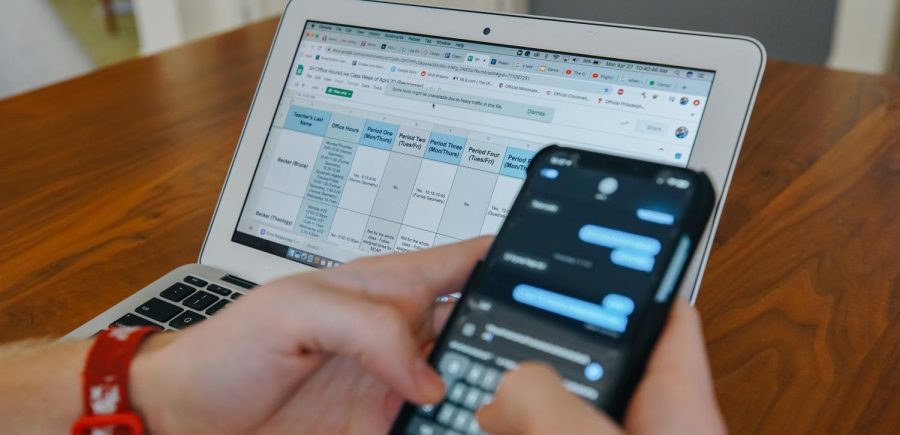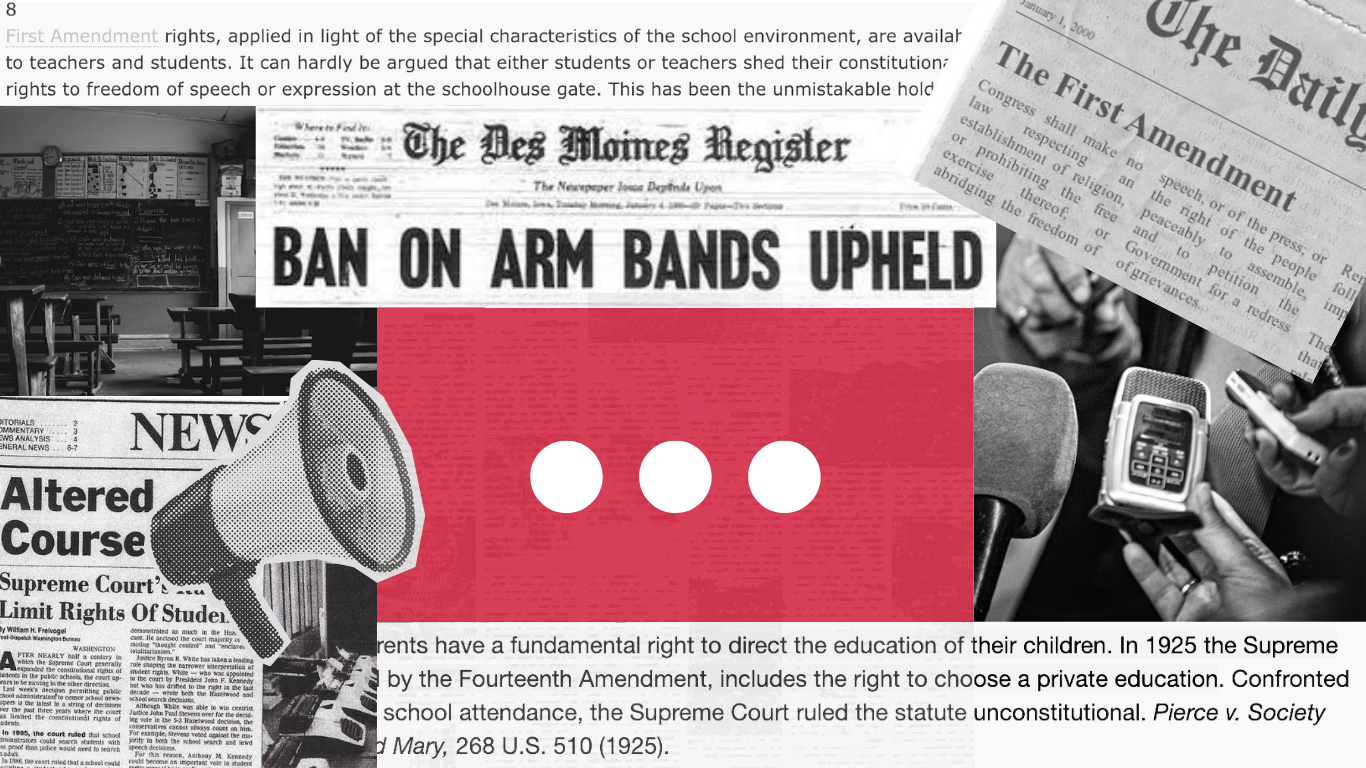Students struggle to pay attention in class
Students are struggling to pay attention in both online and in person classes.
May 5, 2020
In a world consumed by nonstop notifications and instant gratification, it’s no wonder that students and teachers have noticed weaker attention spans in the students at BSM. Out of 107 students surveyed, 48.6% find themselves zoning out in class all the time, while 47.7% say they zone out sometimes. Nonetheless, it’s clear that the majority of students have the tendency to lose attention, leading to a lack of focus in classes and frustration among teachers.
According to the survey, math and religion classes are often the most difficult for students to pay attention to, but many students say all of their classes are a struggle. “We’re sitting through… eight periods a day, and it’s just, like, too much with how little breaks [we get],” senior Anna Kocourek said.
Although it is the regular schedule, eight period days are difficult for many students to sit through. However, block days are even more challenging. 76.6% of the 107 students surveyed claim that block day classes are harder to pay attention to than regular forty-minute classes. English teacher, Ms. Kaia Preus, agrees with the students. “We all struggle on the block days,” Preus said.
We all struggle on the block days. — Ms. Kaia Preus
To make it easier to focus in class, the vast majority of students agree that at least one break in each class would be extremely beneficial. “I think breaks during class would help…especially during block days when we’re sitting through an hour and twenty minutes, we should have at least two breaks,” Kocourek said.
Along with breaks, taking measures such as giving students less homework and allowing them to choose more of their classes would help keep students interested. “Getting less homework so…[students]…can sleep and also letting students pick their classes, so they can do stuff they’re interested in [would help with students’ focus],” junior Mimi Wendorf said.
Some teachers have had to be very creative when trying to keep students interested. “I sing, I speak in a British accent sometimes…I try to tell a lot of jokes. Sometimes I feel like a standup comedian…I try to make class fun, as fun as possible, while still maintaining academic rigor,” Preus said.
Like Preus, math teacher Mr. Dan Bowler struggles with maintaining students’ attention as well and has learned some effective methods to keep students engaged. “You got to be an entertainer and do stupid things sometimes like animal noises and changing colors and goofy pictures in the notes…you got to keep things moving…I try to make the class as interactive as possible,” Bowler said.
As shorter attention spans have become more common, teachers are becoming aware of some of the tell-tale signs. “We can always tell…if a kid is just kind of sitting, or fidgeting a little bit…also on the computers, it’s so easy to tell when they’re kind of doing something else,” Preus said.
Students also recognize when they zone out. They often find themselves staring at walls, looking mindlessly at the teacher while pretending to be paying attention, or just letting their minds wander. Many students are able to tell how their capability of paying attention differs depending on the amount of sleep they get the night before. “I look…straight at the wall and sometimes close my eyes…but if I get a good amount of sleep it’s pretty easy to pay attention,” freshman Julia Schwartz said.
The causes of shorter attention spans are wide-ranging, but most students agree that it has something to do with technology and social media. “I have started not using…laptops…I have found that that has made productivity go way up and general focus,” Preus said.
Students also notice that when they’re not allowed to use their phones in class, it is easier to focus. “In class since we’re not allowed to have phones out, [technology] doesn’t have much of an effect…but outside of class if you’re trying to do homework and then you want to do something on your phone, you’ll probably do something on your phone,” Wendorf said.
Every day in the library, Bowler has noticed students watching videos; however, he doesn’t see it as much of a correlation between technology and attention spans. “I wouldn’t equate the technology with the [short] attention span, except for the fact that…[students]… have to check…[their]…phones every five minutes after school…That’s weird,” Bowler said.
Although the impact of technology on students’ attention spans is debatable, it is evident to students, along with their teachers, that it is often overwhelmingly difficult to pay attention in class. “Today, you can tell that kids just can’t pay attention,” Kocourek said.
Today, you can tell that kids just can’t pay attention. — Anna Kocourek
With the recent switch to online school, students have found their lack of attention spans to be even more evident. Because students’ daily schedules are for the most part up to the students, they find it more difficult to manage their time and pay attention to school. “It’s difficult to hold yourself accountable to keep up with online school because it’s completely up to you to maintain an attention span,” senior Claire Lorimor said.
Along with choosing their own schedules, students find themselves more distracted by social media platforms, Netflix, YouTube, and video games during online school. “What’s stopping me from playing video games when the teacher isn’t here to force me [to stay] on task?” senior Cooper Hanson said.


























































Keymi Ayers • Jan 26, 2024 at 11:23 am
NOOOOOOOOOOOOOOOOOOOOOOOOOOOOOOOOOOOOOOOOOOOOOOOOOOOOOOOOOOOOOOOOOOOOOOOOOOOOOOOOO!